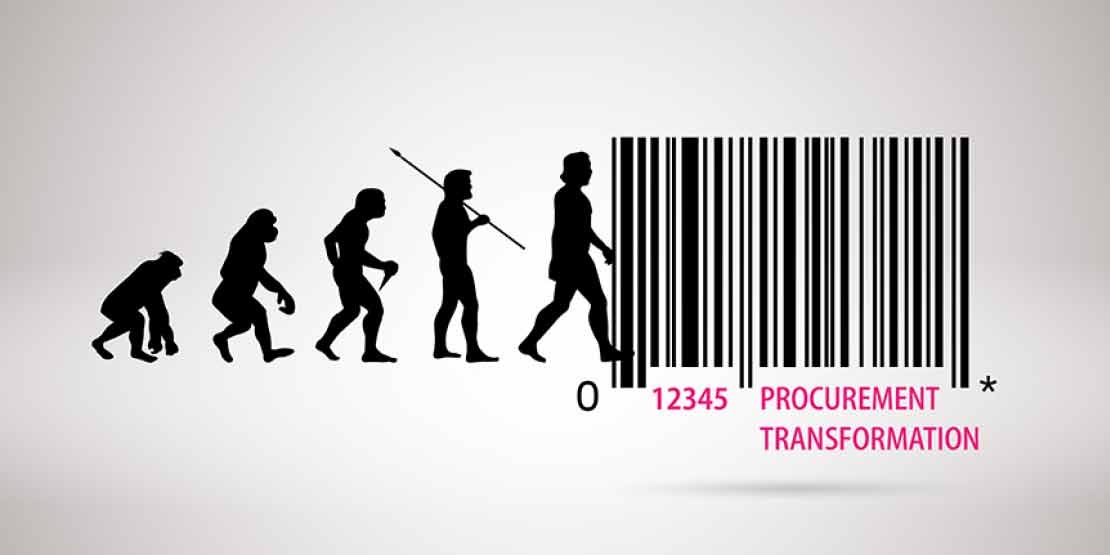Everyone in the world of business can confirm that procurement has changed dramatically over the last 20 years, both within companies and elsewhere. Procurement's big bang was discussed in the French newspaper l'Opinion in June.
The article aimed to analyse and explore the magnitude of the changes in the procurement industry and to describe the effect that these changes have had on other company departments. And on company performance too.
We've highlighted five aspects that demonstrate, in their own way, procurement's radical transformation:
- Procurement's strategic role.
- Procurement process digitisation.
- Procurement productivity.
- Supplier relationship management.
- Contribution to business performance.
Procurement: A strategic role for the company
Thanks to big data, the procurement industry has developed a fine-tuned understanding of the ecosystem in which companies operate. In areas such as developing technologies, stakeholder involvement or market expectations, buyers are working to understand trends a bit more quickly and in a bit more detail.
The goal is to be the first to develop innovations that could boost the value of their company's products or services.
It is advantageous for procurement departments to have a thorough understanding of the value chain in fast-moving environments in order to contribute to strategic decisions. The growth and profitability of companies are increasingly being influenced by their ability to predict buyers.
Procurement: The forefront of digitisation
Procurement must combine three requirements:
- Risk management.
- Added value for departments.
- Procurement competitiveness.
The digitisation of procurement, especially in terms of e-Procurement plays a crucial role in solving this balance from the top down. S2C [1], P2P [2], supplier relationship management and procurement management are the four pillars of an effective procurement information system.
Procurement: Productivity potential
Automating procurement processes is beneficial for a company in two ways:
- Optimising acquisition costs of components and equipment, especially indirect purchases.
- Steadily bringing down procurement department operating costs. These costs went from 1% of turnover in 2007 to 0.7% in 20153. One study even predicts that operating costs are likely to reach 0.4% of turnover in 20204 for the most successful companies!
Procurement: A driver of innovation
At the very heart of a company, including experts and suppliers, procurement departments form and promote a connected ecosystem. Bold partnerships, new approaches and a 360° approach all form a responsive incubator that feeds innovative ideas into the company. What's more, artificial intelligence gives procurement an unprecedented power to identify new strategies.
Procurement: A creator of resale value
On average, purchases represent 70% of the value of the products or services marketed by companies. The cooperation of the procurement department with each of the other departments is key to optimising the company's customer experience. Sharing data and cross analysing the trends that this reveals are a source of value creation that is all the more effective when the company is connected and responsive.
In conclusion, procurement has seen real change in recent years.
It has become strategic for companies. To find out more about the future of procurement, read the article "What will 2030 look like for procurement?"
[1] Source-to-contract: identification and qualification of suppliers, contract management
[2] Procure-to-pay: expenditure chain, from the purchase request to the supplier's payment
[3] Accenture
[4] Forrester







